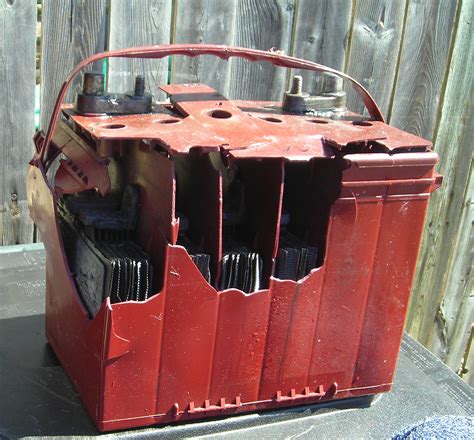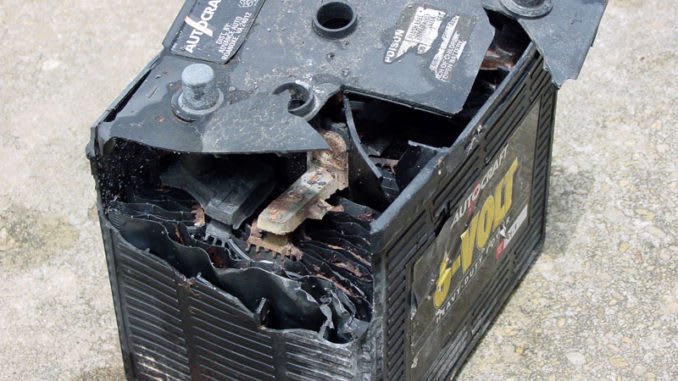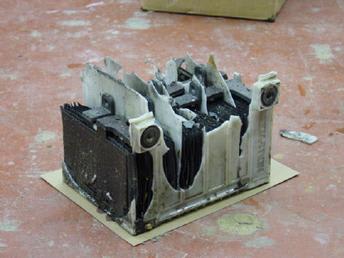Murph 9000 said:
Fun fact, around 28 typical 18650 cells have a combined nominal energy of around 1 MJ, the same as a stick of Dynamite.
So does a 40 Amp-hour lead-acid battery. So does a 40 Amp-hour Ni-Cad, too.
Are we all talking about "how lithium batteries fail" or about "how all batteries fail"?
Recharging Ni-Cad with the wrong charger can cause it to catch fire or explode. Sound familiar?
Unregulated charging of a lead-acid battery will cause it to vent gases and swell. Sound familiar?
Shipping flooded batteries containing electrolyte can risk cargo fires, and is illegal in many places. Sound familiar?
Overheated Ni-Cad and Lead acid batteries will vent gases that can be explosive. Sound familiar?
Sometimes it sounds like everyone is discovering all the problems and headaches that come with batteries, they're just named differently today. Actually, people have lived with messy batteries for decades (centuries!) and there have been lots of problems, injuries, fires, and worse, along the way. Lithium is just the newer "better than awful".
Spilled electrolyte is toxic and a serious health hazard. Spilled electrolyte is corrosive enough to destroy many metals.
Oh, wait there's no sulfuric acid or potassium hydroxide in lithium batteries...
Repeatedly cycling a lead-acid to full discharge causes sulfation, high resistance, and overheating.
Oh, wait, a lithium can go full-cycle without damage...
My point is this is way better than what we used to have. All these convenient and fun new technologies are IMPOSSIBLE without lithium batteries. That means that LI is exposed to vastly more accidents and abuses, including the design flaws and lousy installations that get people into trouble, because they are just so COMMON everywhere.
Today, everyone in the world has a lithium battery in their pocket, with enough energy in it to burn their skin.
Imagine if everyone actually had a lead-acid battery in their pocket (ignoring the weight penalty) then you can't imagine the nightmare of skin burns and poisonings from all the chemical spills that the "state of the art" of lead acid actually offers. We don't see that filthy state of the art because lead acid batteries are vastly less versatile than lithiums, so they just don't get out as much. All the things you can't do with a lead (or NiCd) battery are all the things where lithium batteries get the job done, usually without hurting anyone.
The average person owns only 1 lead-acid battery (in the car they own), zero NiCads, and well it would be almost impossible to count but maybe 100 lithium batteries. So the odds of them having trouble with one of their lithiums is bigger by a factor of 100 just based on the number of units in their house.
I wasn't expecting a rant this evening but here I am.
This thread is reading more like a pile-on attack than an analysis of technology.
Must've gotten under my skin.
Thank you to those who posted research reports - I read those and they are useful information.



